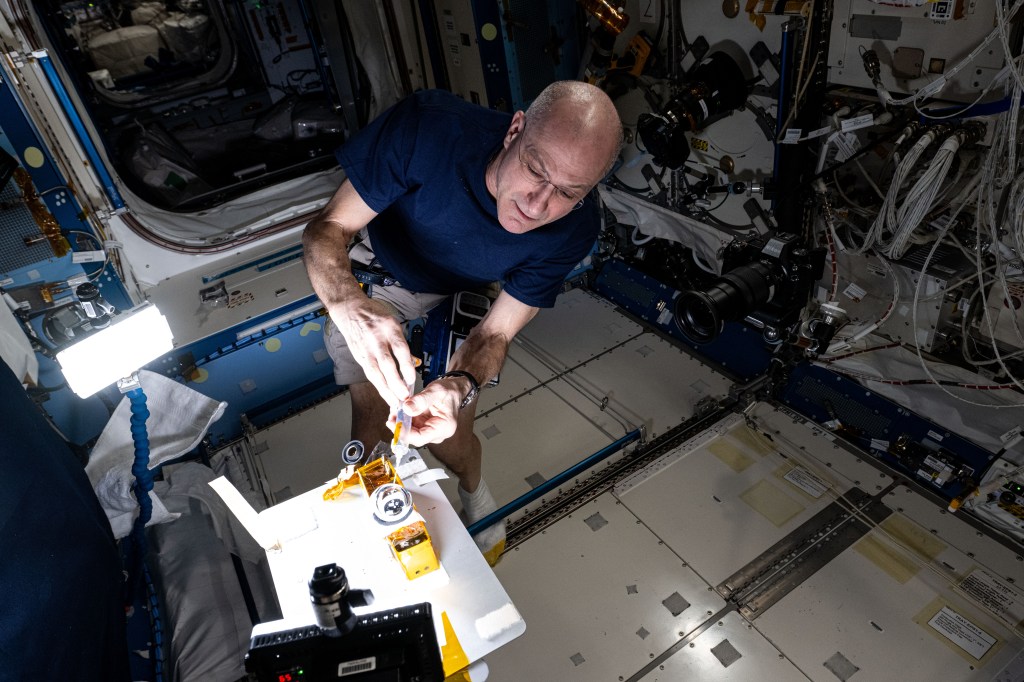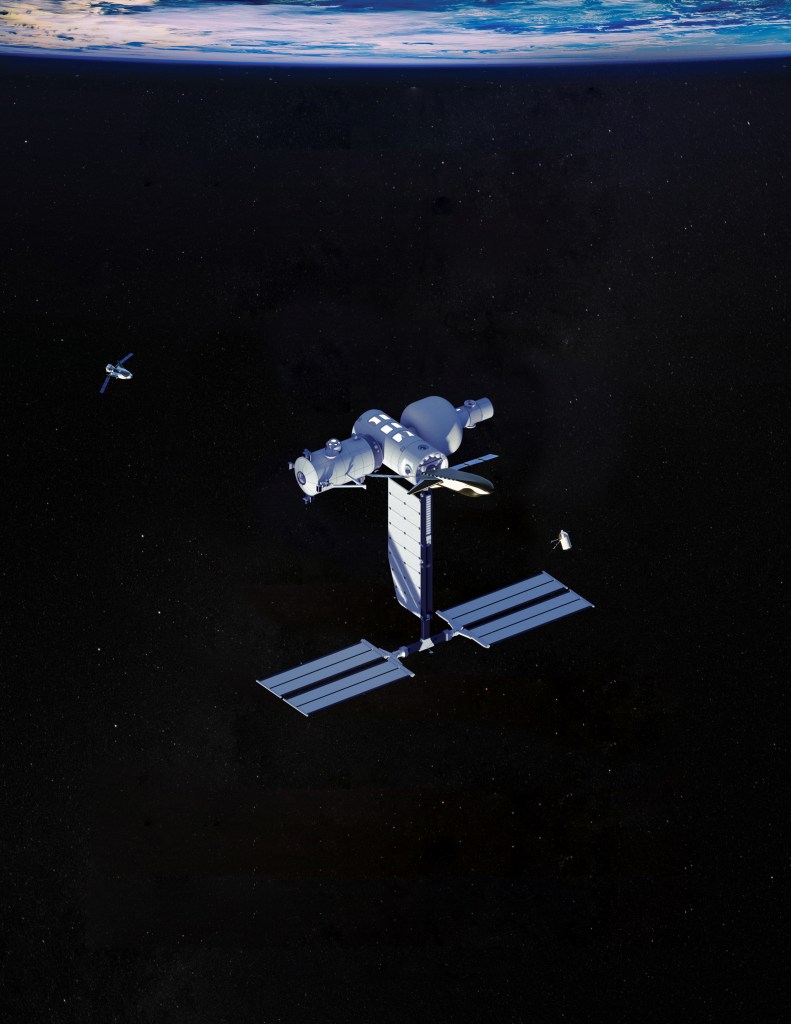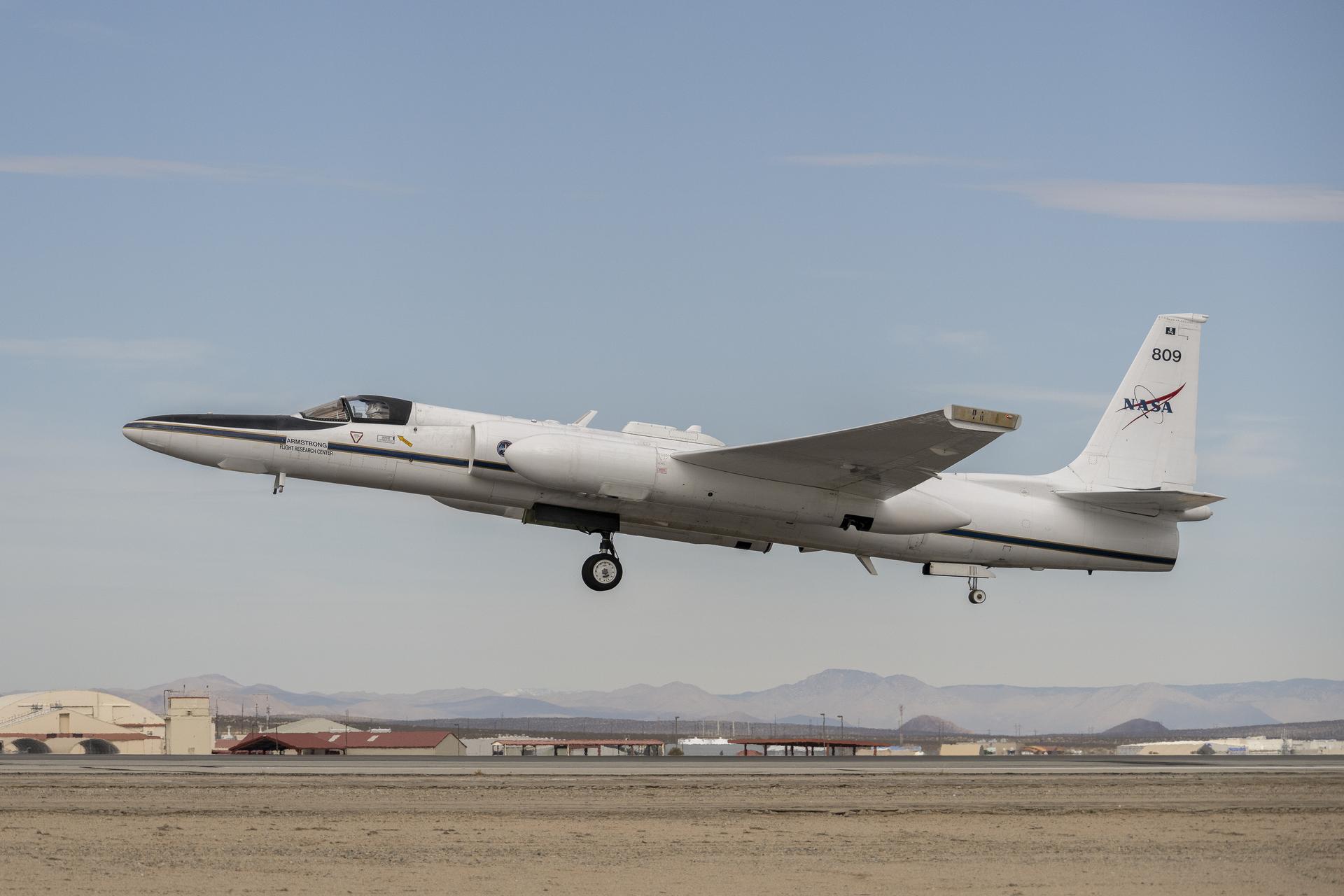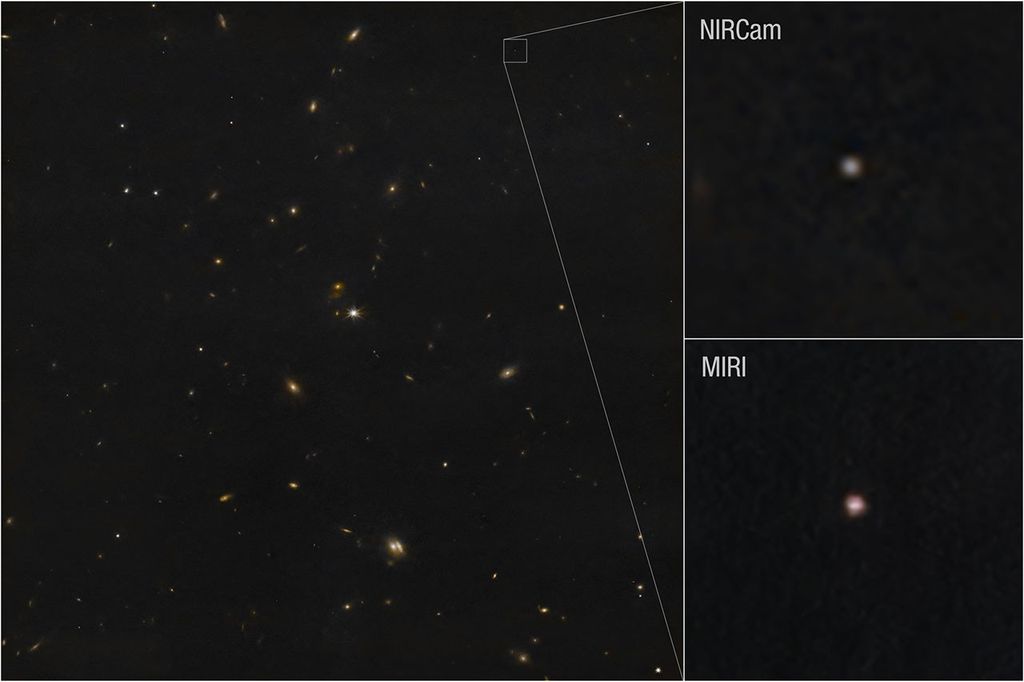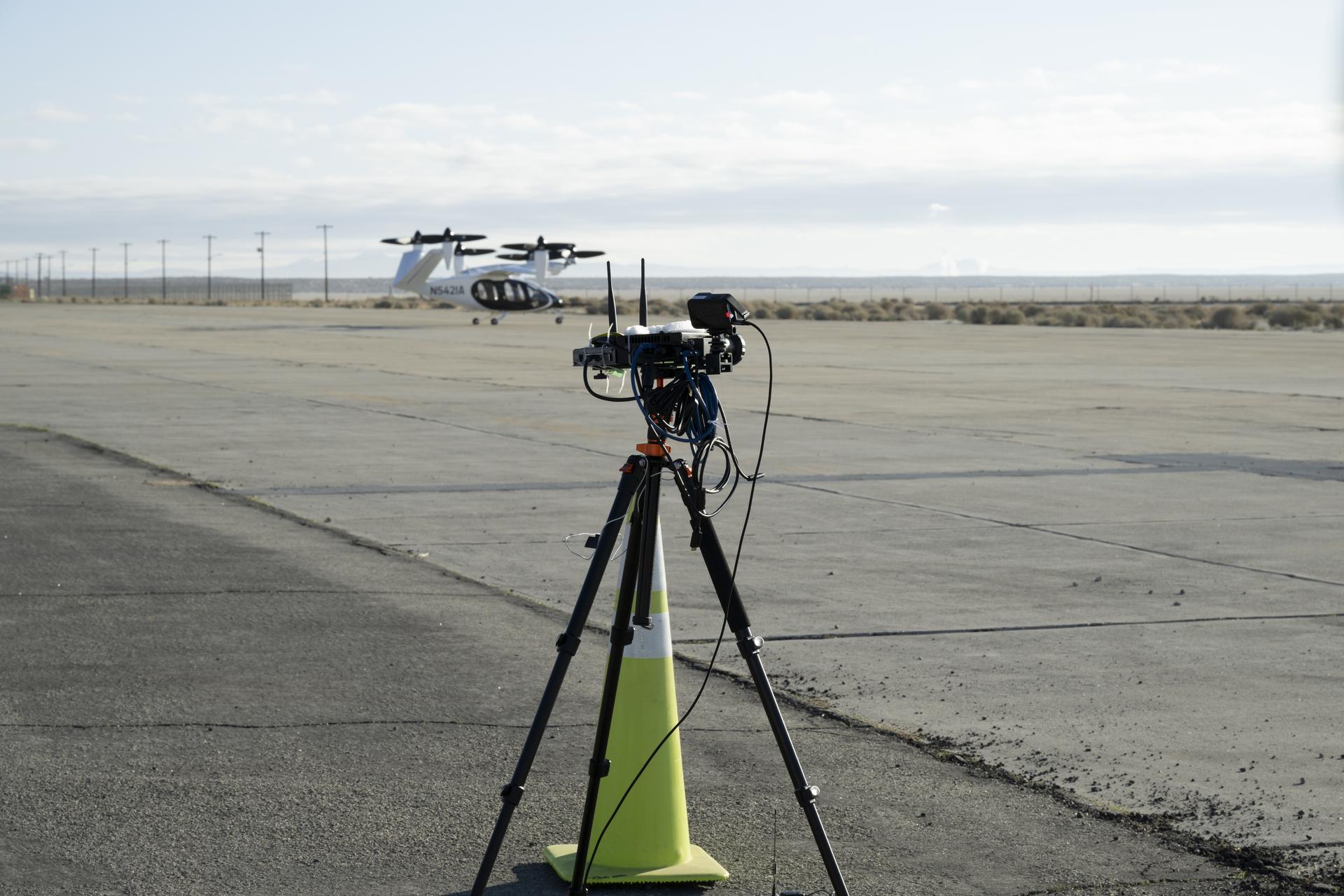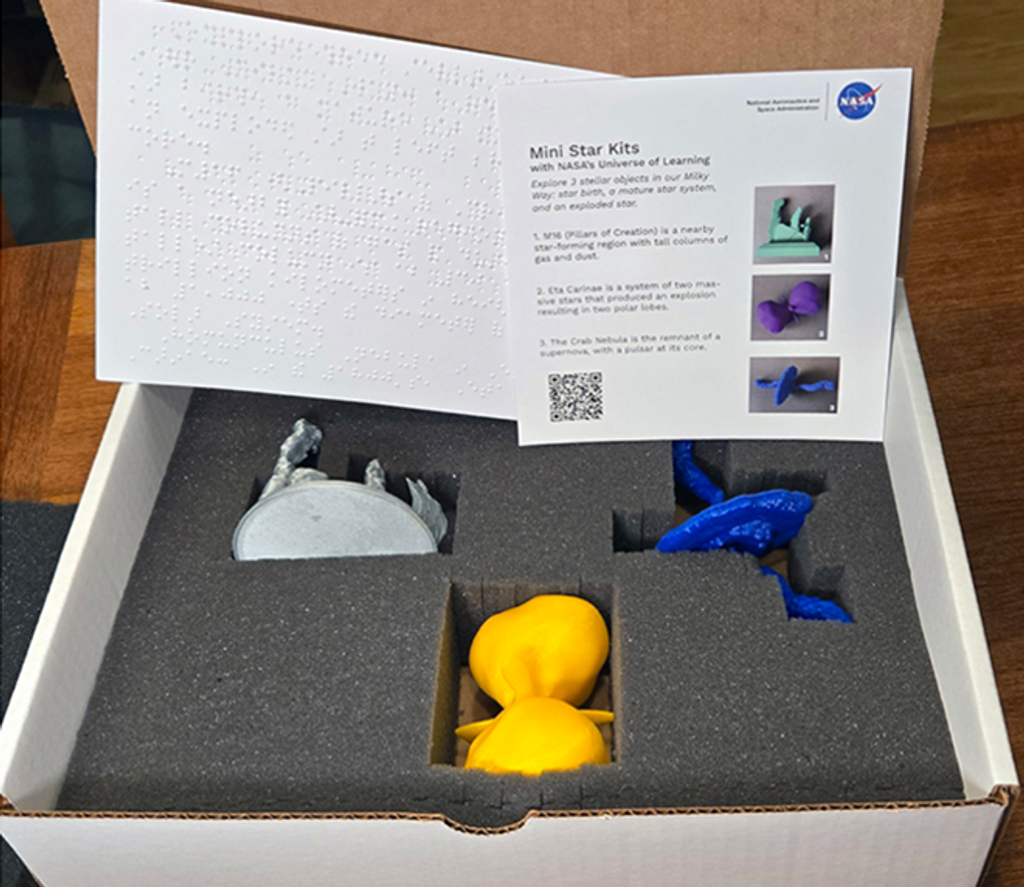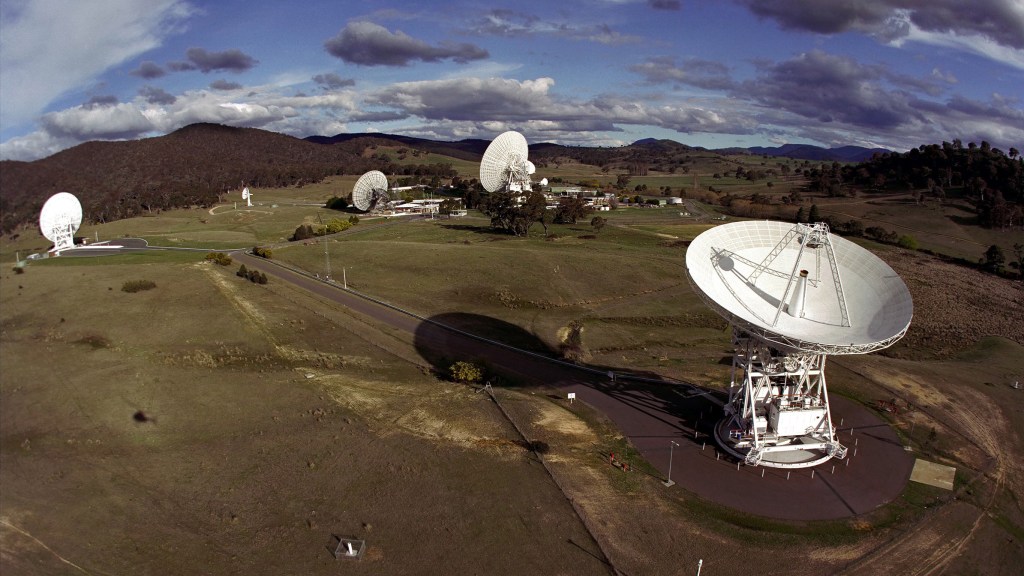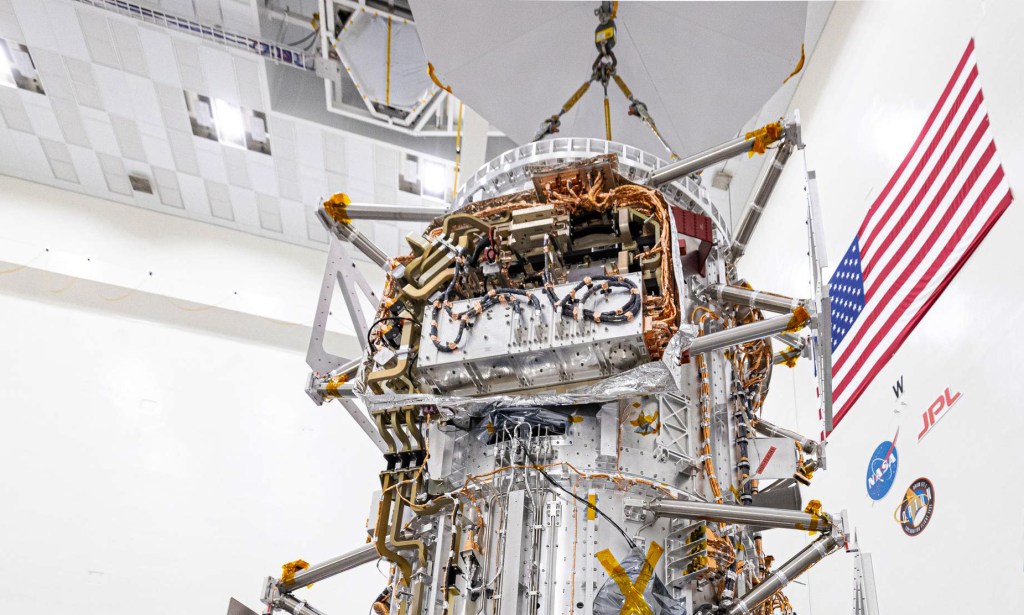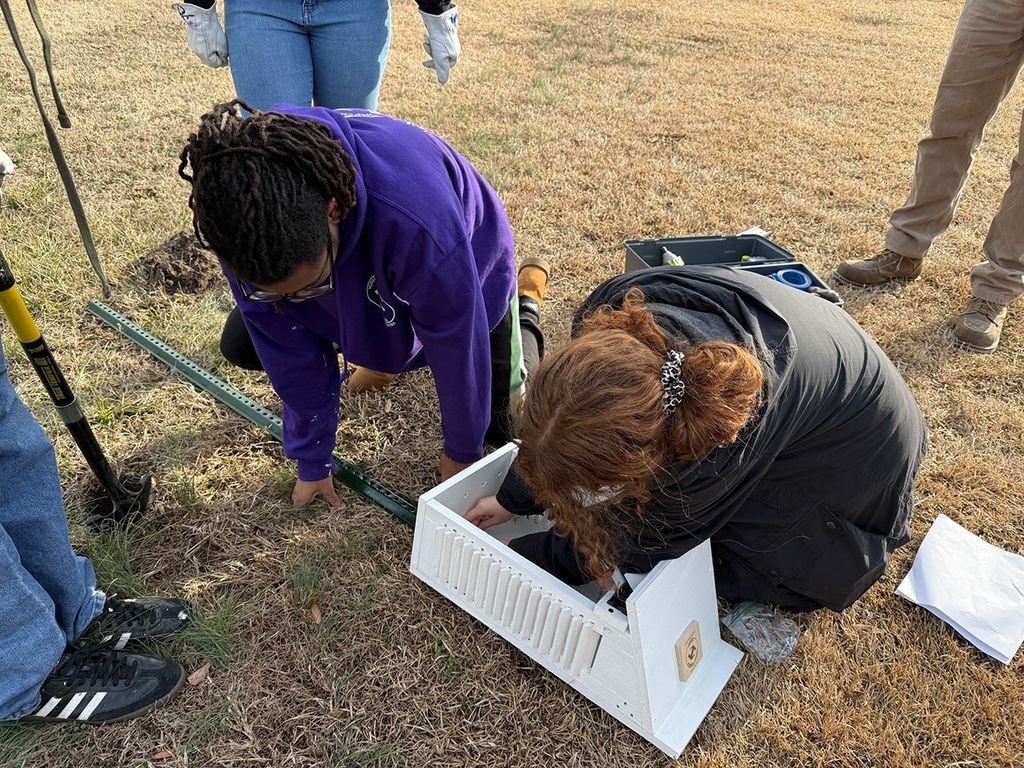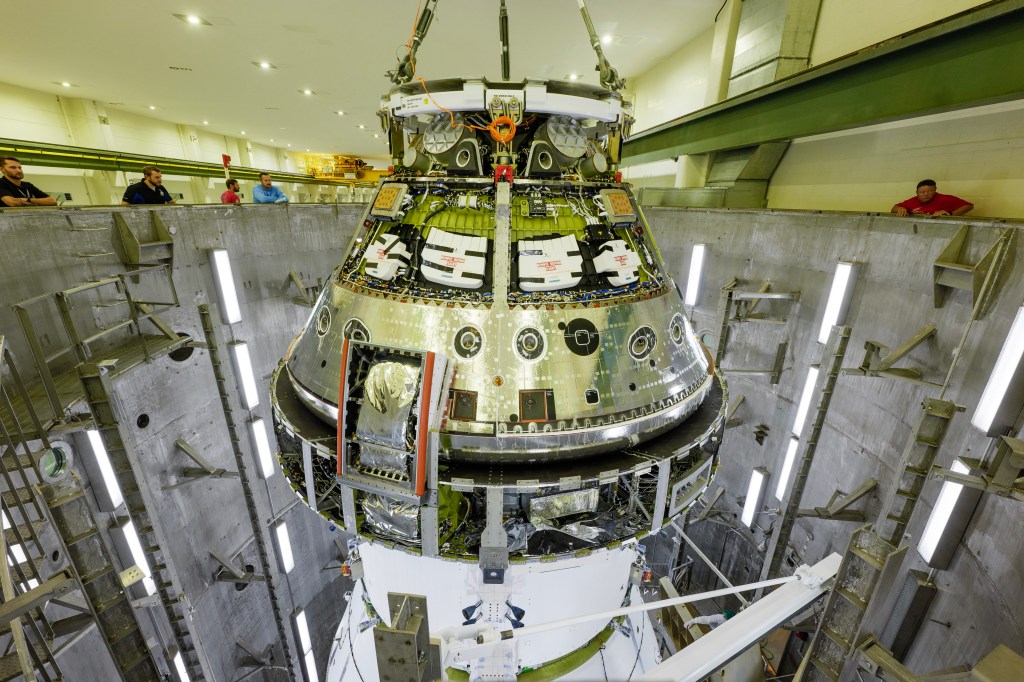Download PDF: Fast Coupled Loads Analysis Method
A new method called Norton-Thevenin Receptance Coupling (NTRC) has been developed to perform coupled loads analysis (CLA). NTRC attempts to reduce the dependency of the payload organization on high CLA costs, long analysis schedules, lack of standard capabilities to evaluate multiple payload configurations, and unavailability of launch loads from the launch vehicle (LV) provider when needed.
NTRC provides a tool that payload developers can use to obtain launch loads at a fraction of the cost of a CLA at any time it is required in the payload design cycle. While NTRC is not intended to replace the formal load cycles performed by the LV provider, it will provide the ability to reduce the conservatism in defining preliminary design loads, assess the impact of design changes between formal load cycles, perform trade studies, and perform parametric loads analysis where many different design configurations can be evaluated with a minimum amount of data required from the LV provider.
NTRC condenses all the necessary information into the launch vehicle to payload/s connection points or boundary degrees-of-freedom (BD). The launch vehicle model is re-presented by its impedance at its BDs; its forcing functions are represented by the acceleration at those BDs when the payload is absent; and the payload is represented by its impedance at the same BDs. Payload responses are represented by transfer functions of selected response to interface BDs.
The NTRC methodology is exact in the frequency domain. Time domain replication and accuracy is outstanding. In order to deploy NTRC Agency wide and get the return on investment, a second phase is envisioned to benchmark the whole set of CLA events for the Agency’s most utilized launch vehicles. A NASA New Technology Report has been filed. e-NTR#: 1450108519.
For more information, contact:
Daniel Kaufman, Goddard Space Flight Center, daniel.s.kaufman@nasa.gov.


